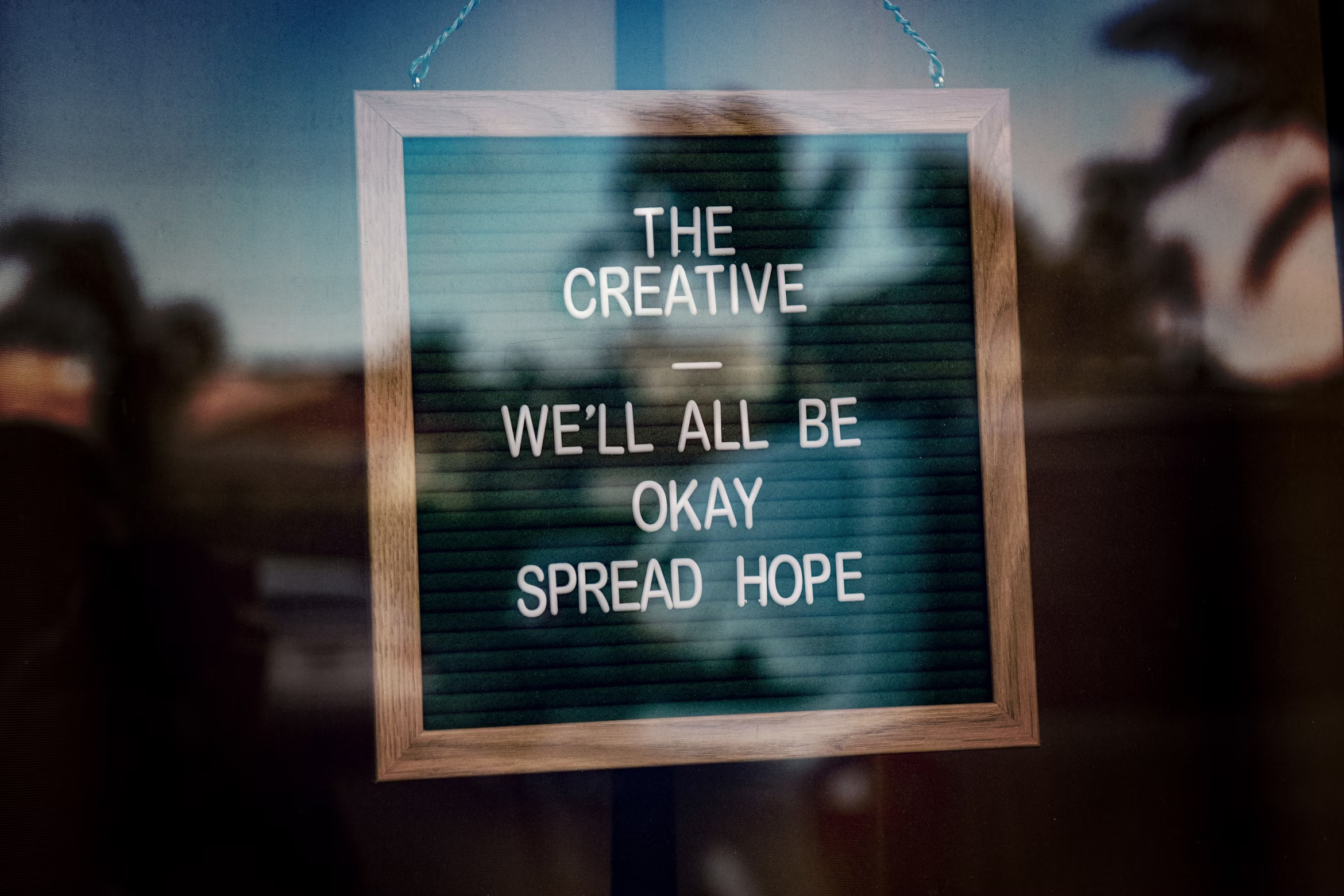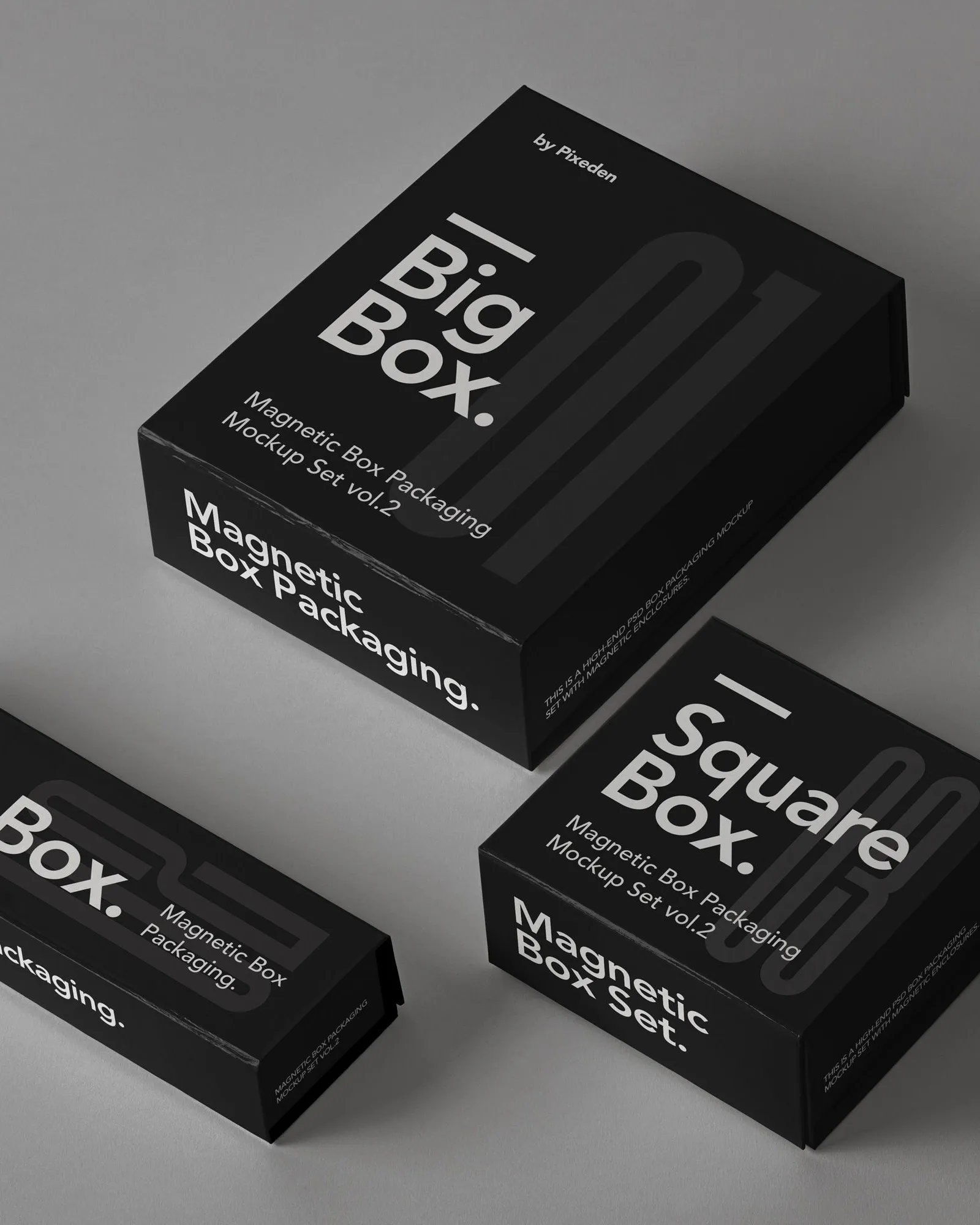


For the last decade, a civil war has been raging in the world of marketing. On one side, you have the storytellers—the brand builders, the creatives, the ones who believe in the unquantifiable magic of an emotional connection. On the other, you have the quants—the performance marketers, the growth hackers, the ones who live and die by the metrics of CPC, CPA, and ROAS.
For a long time, the quants were winning. In a world of infinite data, the allure of a perfectly optimized, algorithmically-driven campaign was just too strong. "Brand" was seen as a fuzzy, expensive luxury, while performance marketing was seen as the cold, hard science of growth.
But a funny thing happened on the way to our perfectly optimized future: we optimized the humanity right out of our marketing. We bombarded our audiences with so many data-driven, hyper-targeted, friction-free calls-to-action that they became numb. The ads were perfect, but they were boring. The funnels were seamless, but they were soulless.
As a leader who has built and managed both multi-million dollar performance campaigns and award-winning brand narratives, I've seen the results firsthand. And the data is becoming undeniable: In the long run, campaigns built on a powerful, cohesive narrative don't just co-exist with performance marketing; they consistently and dramatically outperform it. This isn't a gut feeling. It's a strategic reality. Here's why.


Why Performance Marketing Alone Hits a Ceiling
Performance marketing is an incredibly powerful tool. It's essential for capturing demand, optimizing conversions, and proving ROI. I built my career on my ability to use data to drive results. But relying on performance marketing as your entire strategy is like trying to build a skyscraper on a foundation of sand. It works for a while, but eventually, it will collapse.
Here's the fundamental flaw: Performance marketing is designed to capture existing demand, not create new demand.
It is brilliant at finding people who are already looking for a solution like yours. But what happens when you've captured all that existing demand? Your Customer Acquisition Cost (CAC) starts to skyrocket. Your ads become less effective. You're now paying more and more to fight with your competitors over the same, shrinking pool of people. This is the "performance marketing plateau," and every company that relies solely on this strategy eventually hits it.
It Creates a Commodity Brand
When you only compete on clicks and conversions, you are implicitly teaching your audience that you are interchangeable with your competitors. The only differentiator is a slightly better offer or a slightly lower price. You are building a transactional relationship, not a loyal one.
Your entire business is built on the volatile real estate of Google and Facebook's algorithms. When their prices go up, or their rules change, your growth engine stalls, and you have no direct line to the people who buy your product.
The number of people "in-market" and ready to buy right now is a tiny fraction of your total potential audience. A performance-only approach completely ignores the 95% of people who aren't ready to buy today but might be in six months—if they remember who you are.
A narrative-driven campaign, on the other hand, is designed to create new demand. It's a long-term investment in building a powerful, memorable brand that people will choose even when they're not being served a hyper-targeted ad.
Here's how a great story fundamentally changes the math of marketing:
A great story is memorable. A generic 20% off ad is not. When you tell a compelling story, you are building "memory equity" in the minds of your audience. They may not need your product today, but when they do need it in six months, your brand is the one they will remember and search for by name.
Brands with powerful stories can command a premium price. People don't pay $5 for a coffee at Starbucks because their beans are scientifically 5x better than the diner's. They pay for the story—the feeling of the "third place," the consistency, the brand they know and trust.
No one has ever taken a screenshot of a retargeting ad and sent it to their best friend saying, "You have to see this." But they do it every day with a hilarious, touching, or brilliant piece of storytelling.
A powerful narrative gives your audience a story they can tell. It turns them from passive consumers into active evangelists for your brand. They don't just buy your product; they buy into your worldview. This creates a powerful word-of-mouth flywheel that is far more effective and cost-efficient than any paid ad.


Where Story Meets System
The answer is not to abandon performance marketing. That would be like trying to build a car with a powerful engine but no wheels. The future of marketing is not Brand OR Performance. It's Brand AND Performance. It's a "Full-Stack" approach where the two are deeply, strategically integrated.
This is the system I've used to build and lead successful creative and marketing teams:
We begin by defining the core brand narrative. What is the story we are telling? What is our "unconventional truth"? What do we stand for? This story becomes the guiding principle for all marketing efforts.
We treat our major brand campaigns like a season of a TV show. There is a season premiere (the launch), a series of "episodes" (our content across different channels), and a season finale (the final call-to-action or event). This ensures our campaign has a narrative arc and builds momentum over time, rather than being a series of disconnected "ad blasts."
We then use performance marketing tactics not just to shout a sales message, but to strategically distribute our story.
* We use paid social to ensure our best brand videos are seen by our ideal audience.
* We use search ads to capture the demand that our brand story creates.
* We use retargeting to continue the story for users who have already engaged with us.
4. The Data Informs the Next Chapter: We analyze the performance data not just to see which ad converted better, but to understand which part of our story is resonating most. Is the audience responding more to our "humorous" chapter or our "inspirational" one? This insight then informs the next "season" of our brand's narrative.
Stop Selling, Start Storytelling
The "war" between brand and performance is over. The data is in, and the verdict is clear. The most successful, resilient, and beloved brands of the future will not be the ones with the most optimized funnels; they will be the ones that tell the most compelling stories.
Performance marketing is a tactic for winning a battle. A powerful narrative is a strategy for winning the war. It's the ultimate competitive advantage because while your competitors can copy your features and undercut your price, they can never steal your story. It's time to stop just capturing demand and start creating it. It's time to stop selling, and start storytelling.
'Increasing Audience Reach by 40% with Narrative-Driven Performance Marketing.'
See what our satisfied clients say about working with us.

Our proven process ensures successful outcomes and client satisfaction every time.



